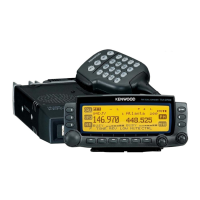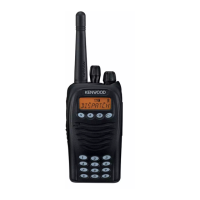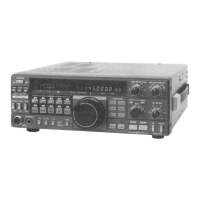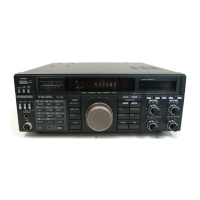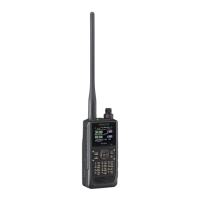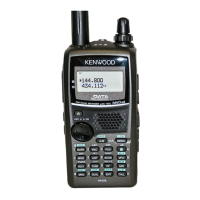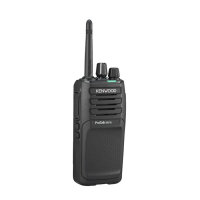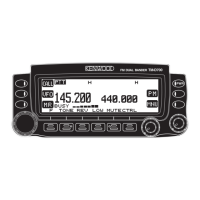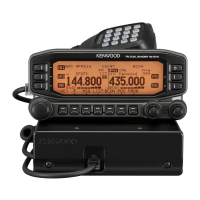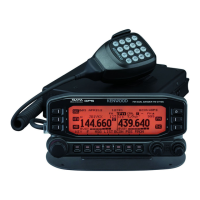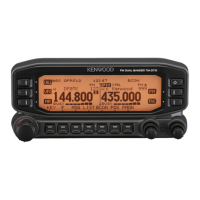What to do if my Kenwood Transceiver won't transmit when I press Mic [PTT]?
- PpatricianguyenAug 12, 2025
If your Kenwood Transceiver won't transmit when you press Mic [PTT], check these potential causes: Ensure the microphone plug is fully inserted into the front panel connector until the locking tab clicks. Also, verify that you haven't selected a transmit offset that places the transmit frequency outside the allowable transmit frequency range by pressing [F], [SHIFT] repeatedly so either “+” nor “–” is visible. Lastly, if a built-in or external TNC is transmitting, wait until it finishes before pressing Mic [PTT].
